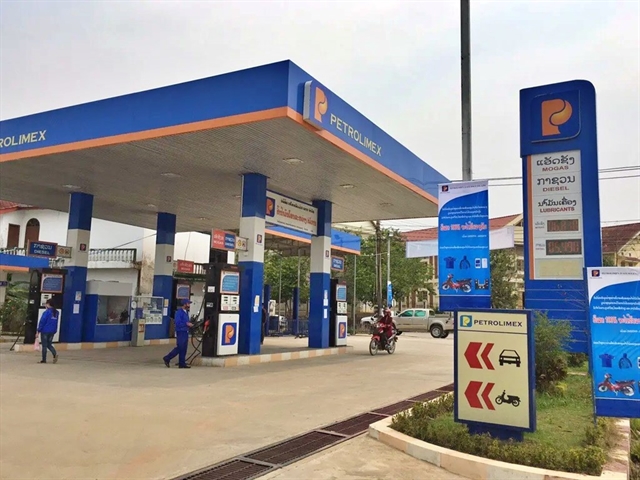 Society
Society

 |
| A visualisation of the Tứ Liên Bridge project.— Photo vietnamplus.vn |
HÀ NỘI — The People’s Committee of Hà Nội has recently approved plans for the alignment and location of the proposed Tứ Liên Bridge as well as the first phase of the Ngọc Hồi-Phú Xuyên Road project, aiming to enhance the city's infrastructure development.
Following the committee's Decision No. 1713/QĐ-UBND, the Tứ Liên Bridge alignment spans approximately three kilometres, connecting the Nghi Tàm intersection in Tây Hồ District to the TC13 axis in Đông Anh District.
The project falls within the administrative boundaries of Tây Hồ, Long Biên and Đông Anh districts, aligning with the general planning of Hà Nội.
The bridge is classified as a special transport infrastructure project. It will include six lanes for motor vehicles, mixed lanes, entrance/exit lanes and a pedestrian walkway.
The southern side of the bridge will feature a 48-metre-wide cross-section with parallel urban service roads and walkways on both sides.
The northern side will have a 60-metre-wide cross-section, which corresponds to the previously approved plan for a road connection from the Tứ Liên Bridge to the new National Highway No. 3.
The committee also assigned the Department of Planning and Architecture to review and confirm the alignment drawings, while also directing the Transport Infrastructure Investment Project Management Board to publicly announce the alignment documents, hand over the materials to relevant localities and begin the boundary demarcation process for land clearance.
The People's Committees of Tây Hồ, Long Biên and Đông Anh districts are responsible for managing land use and maintaining construction order along both sides of the bridge, according to the approved plan.
As for the Ngọc Hồi-Phú Xuyên Road alignment, the capital's People’s Committee has also issued Decision No. 1706/QĐ-UBND approving the road alignment from Ring Road 4 to Provincial Road 427 in Thường Tín District.
The road in the first phase of the project spans 2.7 kilometres, crossing through Khánh Hà and Hòa Bình communes in Thường Tín.
The road is planned with a cross-sectional width of 65 metres, featuring six motor vehicle lanes (three in each direction), parallel service roads with two lanes on each side, a two-metre-wide secondary reservation and seven-metre-wide walkways on both sides.
The alignment is consistent with the city's transport planning through 2030.
The city's People’s Committee also tasked the planning and architecture department with verifying the alignment documents and ensuring the accuracy of the data submitted for approval.
The People's Committee of Thường Tín District is responsible for publicly announcing the documents, handing over materials to relevant communes to manage construction planning along the route and overseeing the investment scale and boundary demarcation under the plan.
The chairman of the Thường Tín District People's Committee, along with the heads of Khánh Hà and Hòa Bình communes, are responsible for managing the boundaries and controlling construction along the route in accordance with the approved plan, as well as addressing any violations of planning regulations.
The decisions take effect from the date of signing and mark an important milestone in the development of the city's transport infrastructure, contributing to urban connectivity and the socio-economic development of the region.— VNS




